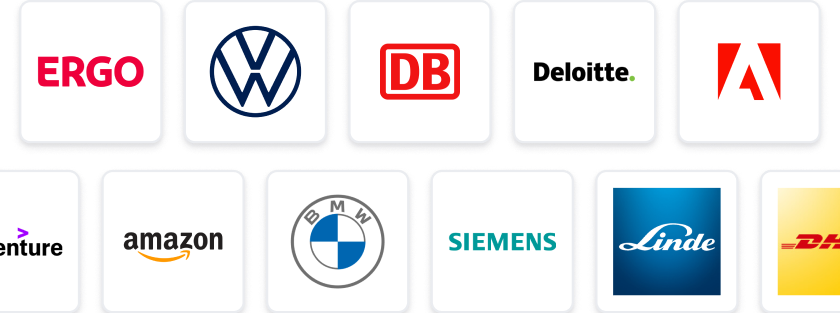At a Glance
- Tasks: Support project delivery as a Structural Engineer, using STAAD Pro and ProSteel.
- Company: Join a dynamic team in West Yorkshire focused on innovative engineering solutions.
- Benefits: Enjoy hybrid/remote working options and competitive pay based on experience.
- Why this job: Be part of a critical project phase with opportunities for growth and impact.
- Qualifications: Experience with structural engineering software and relevant qualifications required.
- Other info: Initial 9-month contract with potential for extension.
Structural Engineer
West Yorkshire (hybrid / remote working)
Initial 9-month contract
£p/h DOE (outside IR35)
STAAD Pro / ProSteel
I am working with my client based in West Yorkshire who require a Structural Engineer to support a critical phase of project delivery. They have an initial requirement of a contractor for a 9-month period with workload spanning further.
For the position of Structural En…
Structural Engineer employer: ATA Recruitment
Contact Detail:
ATA Recruitment Recruiting Team
StudySmarter Expert Advice 🤫
We think this is how you could land Structural Engineer
✨Tip Number 1
Familiarise yourself with the specific software mentioned in the job description, such as STAAD Pro and ProSteel. Having hands-on experience or even completing a relevant online course can give you an edge during discussions.
✨Tip Number 2
Network with professionals in the structural engineering field, especially those who have worked on similar projects. Engaging with them on platforms like LinkedIn can provide insights and potentially lead to referrals.
✨Tip Number 3
Prepare to discuss your previous project experiences in detail, particularly those that align with the requirements of this role. Highlighting your problem-solving skills and how you've contributed to successful project outcomes will be crucial.
✨Tip Number 4
Stay updated on industry trends and regulations that may impact structural engineering. Being knowledgeable about current standards can demonstrate your commitment to the field and make you a more attractive candidate.
We think you need these skills to ace Structural Engineer
Some tips for your application 🫡
Understand the Role: Read the job description carefully to understand the specific requirements for the Structural Engineer position. Familiarise yourself with the tools mentioned, such as STAAD Pro and ProSteel, and be prepared to discuss your experience with them.
Tailor Your CV: Customise your CV to highlight relevant experience and skills that align with the job description. Emphasise your previous projects, particularly those involving structural engineering, and any experience with hybrid or remote working.
Craft a Compelling Cover Letter: Write a cover letter that not only outlines your qualifications but also expresses your enthusiasm for the role. Mention why you are interested in this specific contract and how your skills can contribute to the project's success.
Proofread Your Application: Before submitting, thoroughly proofread your application materials. Check for spelling and grammatical errors, and ensure that all information is clear and concise. A polished application reflects your attention to detail, which is crucial in engineering roles.
How to prepare for a job interview at ATA Recruitment
✨Know Your Software
Familiarise yourself with STAAD Pro and ProSteel, as these are crucial tools for the role. Be prepared to discuss your experience with these software packages and how you've used them in past projects.
✨Understand the Project Requirements
Research the specific projects the company is currently working on. This will help you demonstrate your understanding of their needs and how your skills can contribute to successful project delivery.
✨Showcase Your Problem-Solving Skills
Be ready to discuss challenges you've faced in previous roles and how you overcame them. Structural engineering often involves complex problems, so highlighting your analytical thinking will impress the interviewers.
✨Prepare Questions
Have a few insightful questions ready to ask at the end of the interview. This shows your interest in the role and helps you gauge if the company is the right fit for you.
